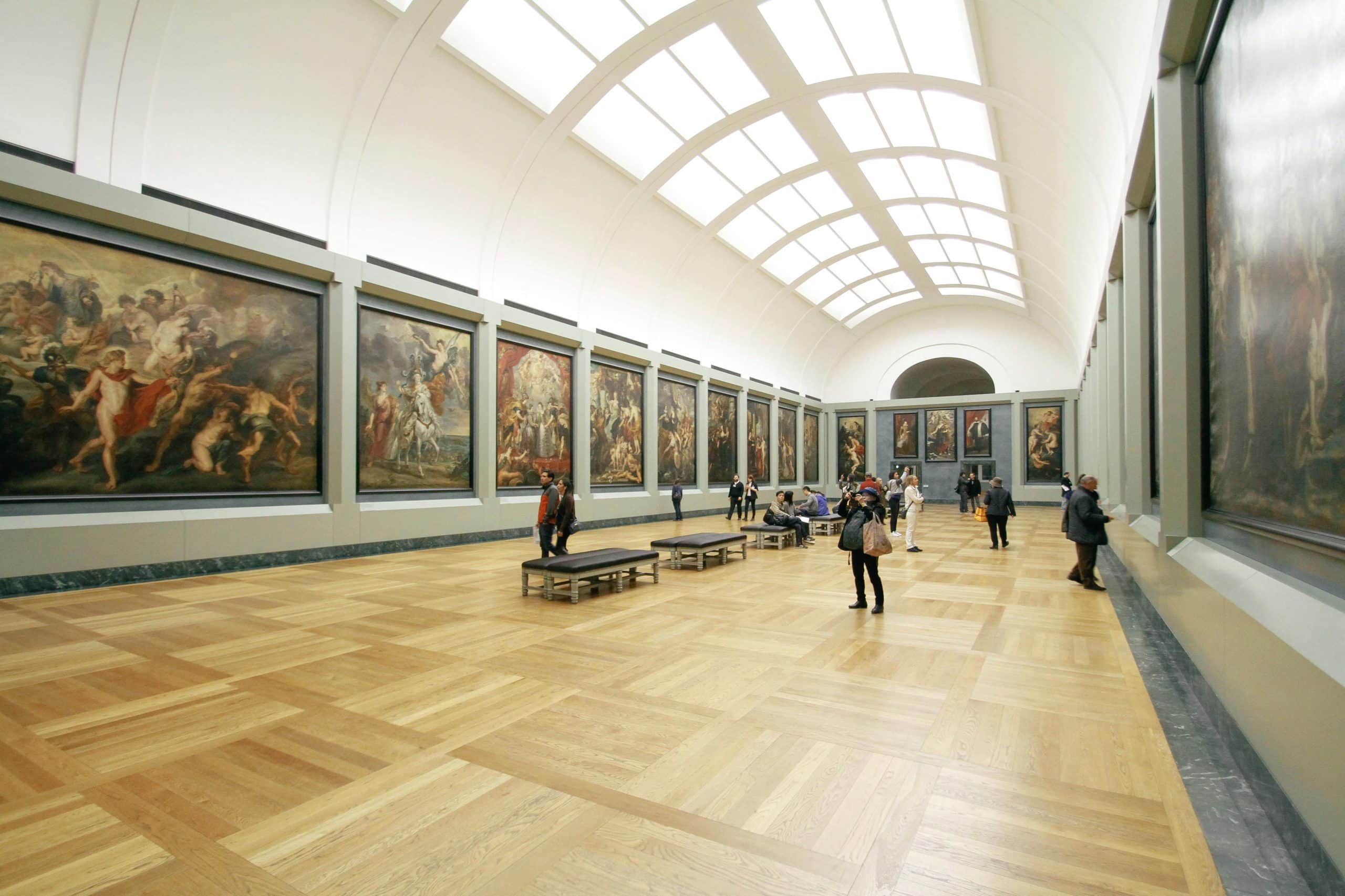What strategies can UK’s museums use to create engaging online content?

In the contemporary digital age, museums are no longer just brick-and-mortar institutions housing artifacts and artworks. As the world becomes increasingly interconnected through technology, museums must adapt to stay relevant and accessible to a broader audience. The primary tool at their disposal? Digital content creation. This article explores the strategies that UK’s museums can implement to create engaging online content, ensuring their collections and missions resonate with global audiences.
Leveraging Social Media for Public Engagement
Social media has revolutionized the way people interact with museums. Platforms like Instagram, Twitter, and Facebook offer museums an unparalleled opportunity to reach diverse audiences in real-time. To effectively leverage social media, museums need to develop a robust content strategy that aligns with their museum mission.
A lire en complément : What are the best practices for implementing machine learning in UK’s healthcare diagnostics?
Your institution should focus on creating content that is visually appealing and shareable. High-quality images of exhibits, behind-the-scenes videos, and interactive polls can captivate your audience. For instance, the British Museum has successfully used Twitter to host Q&A sessions with curators, providing a platform for direct visitor engagement. Similarly, the Science Museum utilizes Instagram Stories to give followers a sneak peek into upcoming exhibitions.
It’s also crucial to post consistently and engage with your audience by responding to comments and messages. This not only fosters a sense of community but also encourages digital participation, making visitors feel valued and heard.
A lire également : What role can AI play in revolutionizing UK’s agricultural practices?
Key Takeaways:
- Develop a cohesive content strategy.
- Utilize high-quality images and interactive content.
- Engage with your audience regularly.
Creating Interactive and Immersive Experiences
Museums should strive to create interactive and immersive online experiences that mimic the in-person visit. Virtual tours, 3D models, and augmented reality (AR) applications can bring museum art and exhibits to life, offering a more engaging and educational experience.
For example, the Natural History Museum offers virtual tours that allow users to explore its vast collection from the comfort of their homes. By incorporating 3D models and AR, you can allow users to interact with exhibits in new and exciting ways. This not only enhances the user experience but also broadens access to those who may not be able to visit in person.
Employing advanced technology such as VR and AR can also attract a younger audience, who are often more tech-savvy and eager to engage with digital content. This strategy can turn casual browsers into passionate advocates for your museum.
Key Takeaways:
- Offer virtual tours and 3D models of exhibits.
- Use AR and VR to create immersive experiences.
- Cater to tech-savvy audiences to broaden engagement.
Developing a Long-Tail Content Strategy
A long-tail content strategy involves creating content that remains relevant over a long period. This approach is particularly effective for museums, as it allows you to continually engage audiences with evergreen content that delves into the history and significance of your collections.
Your museum can publish detailed blog posts, educational videos, and podcasts that explore various aspects of your exhibits. For instance, the Cooper Hewitt Smithsonian Design Museum has a well-established blog that provides in-depth articles on design and art history, attracting a dedicated following of readers.
Additionally, you can repurpose older content by updating it with new information or presenting it in a different format. This not only saves time but also ensures that your content remains fresh and engaging.
Key Takeaways:
- Create evergreen content such as blogs, videos, and podcasts.
- Update and repurpose older content.
- Focus on detailed exploration of your collections.
Collaborating with Influencers and Content Creators
Partnering with influencers and content creators can significantly extend your museum’s reach and boost online engagement. Influencers, particularly those who specialize in art, history, or science, can introduce your museum to their followers, providing a stamp of credibility and fostering trust.
Museums like the British Museum and the Science Museum have successfully collaborated with influencers to promote special exhibitions and events. These partnerships can take various forms, including guest blog posts, social media takeovers, and collaborative videos.
When choosing influencers to partner with, it’s essential to select individuals whose values align with your museum’s mission. This ensures that the collaboration feels authentic and resonates with both your audience and theirs.
Key Takeaways:
- Partner with influencers who align with your museum’s mission.
- Explore various forms of collaboration.
- Ensure authenticity in partnerships.
Utilizing Data-Driven Digital Marketing
A successful digital marketing strategy relies heavily on data. By analyzing audience behavior and preferences, museums can tailor their content to meet the needs and interests of their visitors. Tools like Google Analytics and social media insights provide valuable data that can guide your content creation and marketing efforts.
For example, understanding which types of posts generate the most engagement can help you refine your social media strategy. Additionally, data on visitor demographics can inform targeted advertising campaigns, ensuring that your content reaches the right audience.
Museums should also track the performance of their digital content to identify areas for improvement. Metrics such as page views, time spent on site, and conversion rates provide insights into what works and what doesn’t, enabling you to make data-driven decisions.
Key Takeaways:
- Use data to inform your content strategy.
- Analyze audience behavior and preferences.
- Track performance metrics to refine your approach.
Creating engaging online content is essential for UK’s museums to remain relevant and accessible in the digital age. By leveraging social media, offering interactive experiences, developing a long-tail content strategy, collaborating with influencers, and utilizing data-driven marketing, museums can effectively engage and expand their audiences. These strategies not only enhance the user experience but also align with the broader museum mission of educating and inspiring the public.
In summary, as the digital landscape continues to evolve, so too must museums. By adopting these strategies, institutions like the British Museum, the Science Museum, and the Natural History Museum can ensure their collections and stories reach a global audience, fostering a deeper appreciation for art, history, and science. The time to innovate is now, and the potential for audience engagement is limitless.
